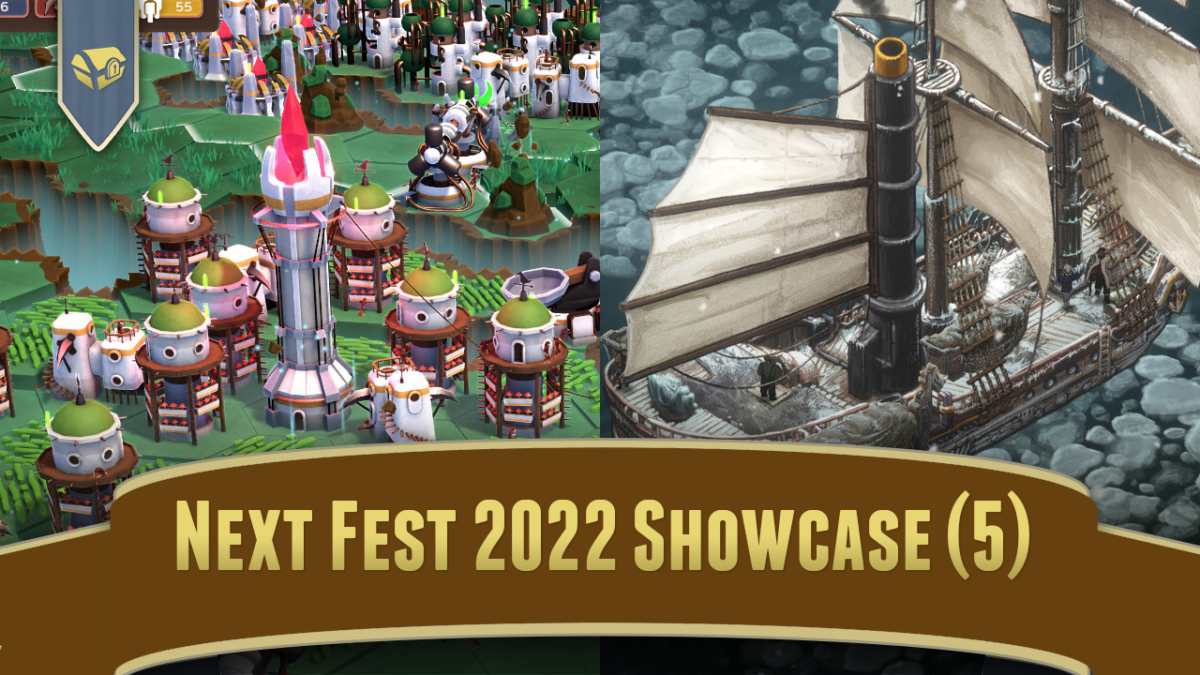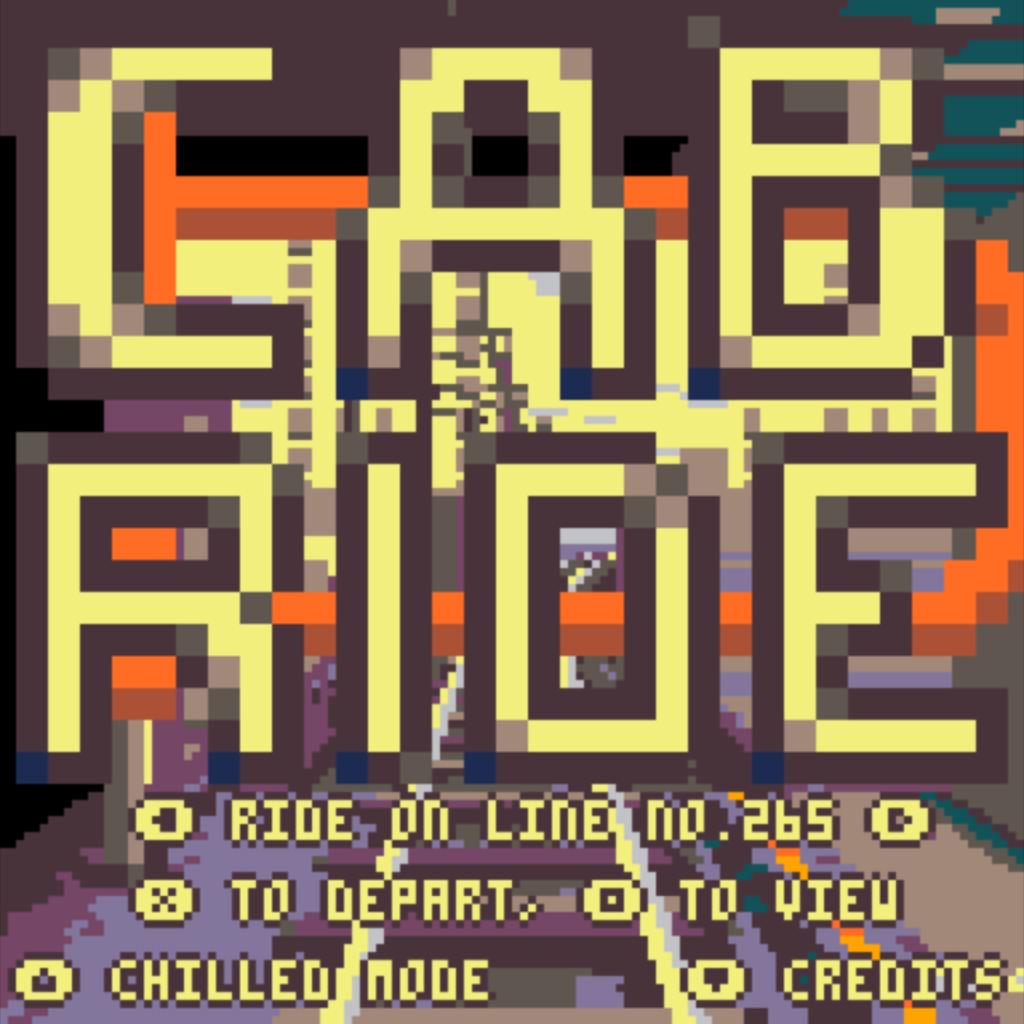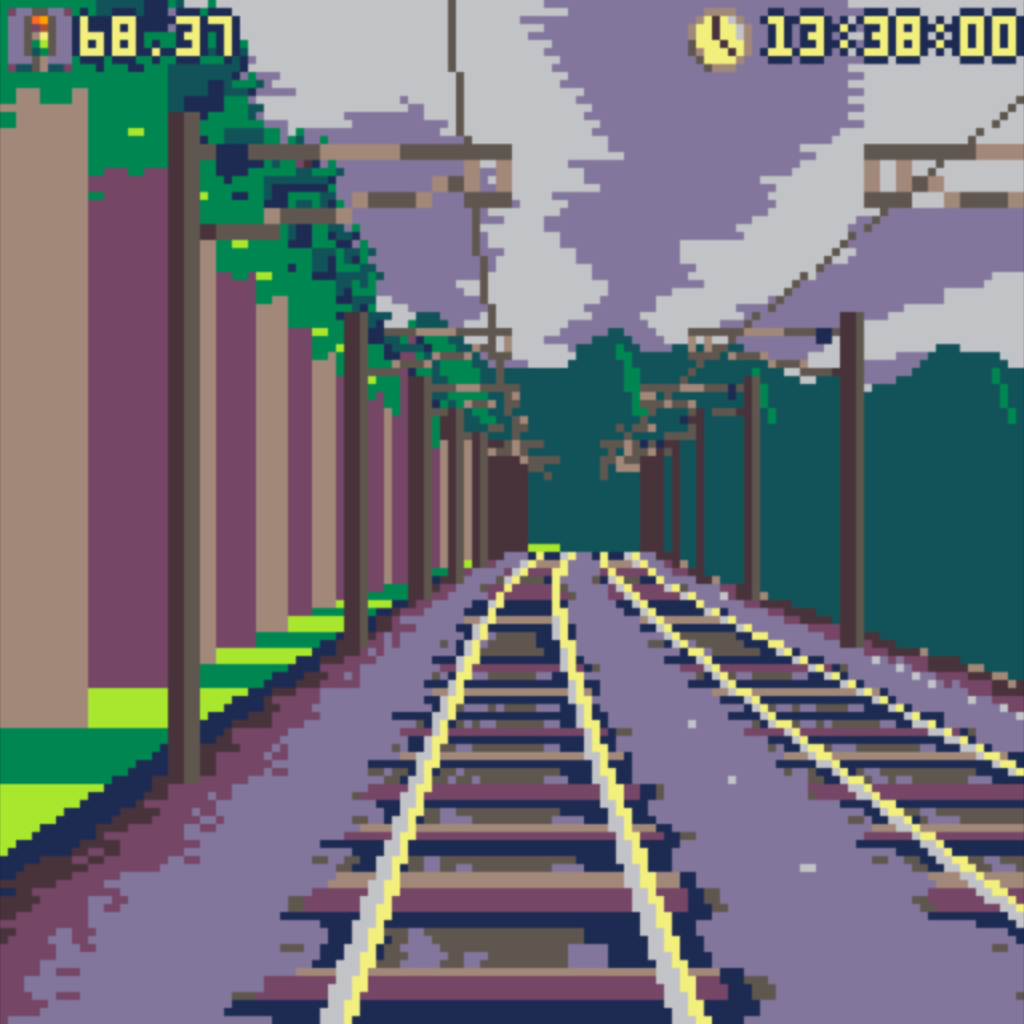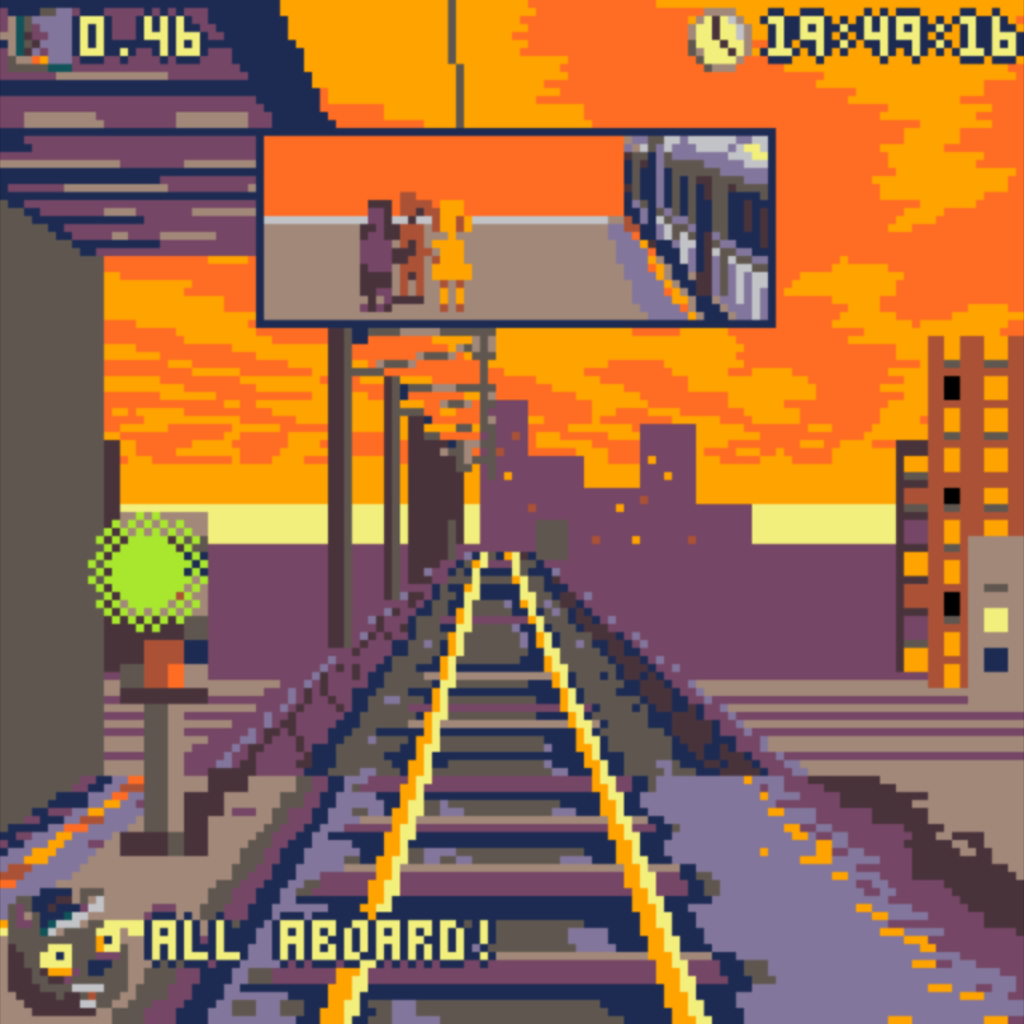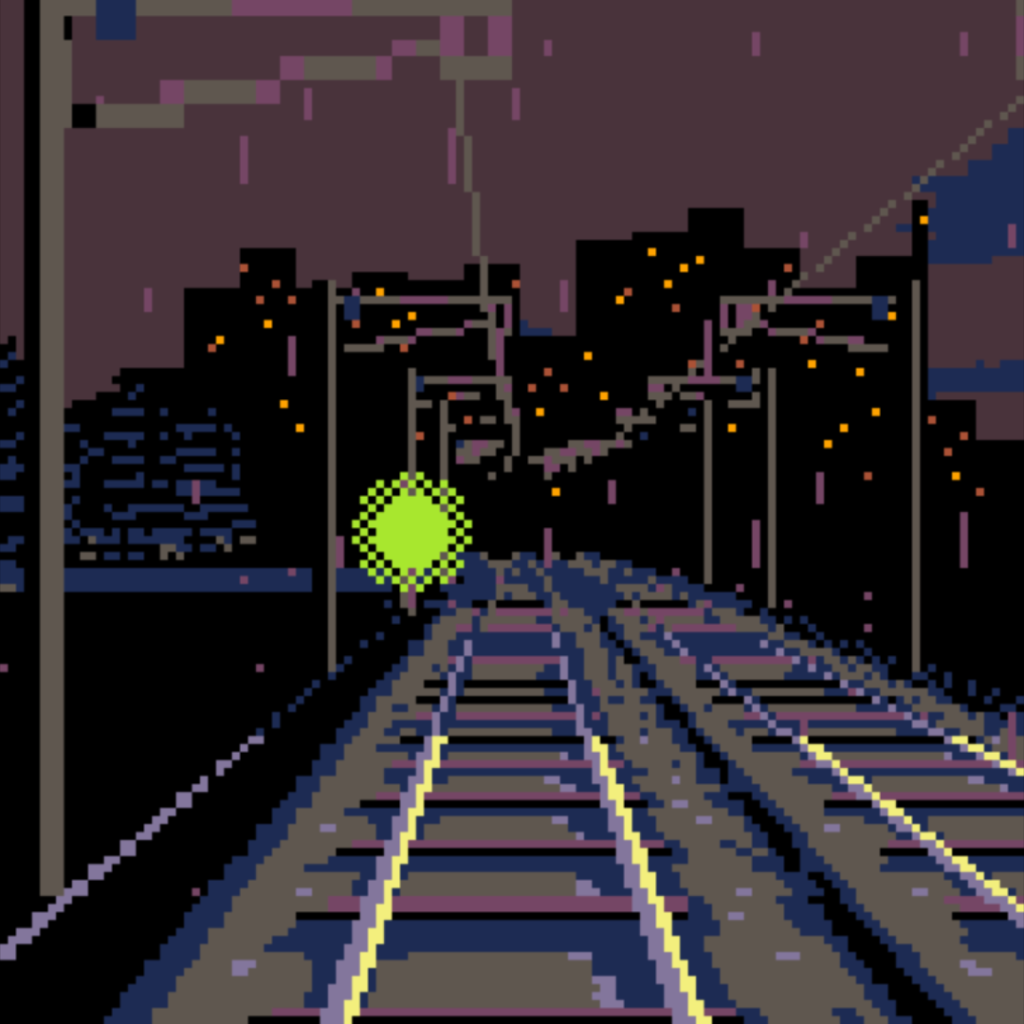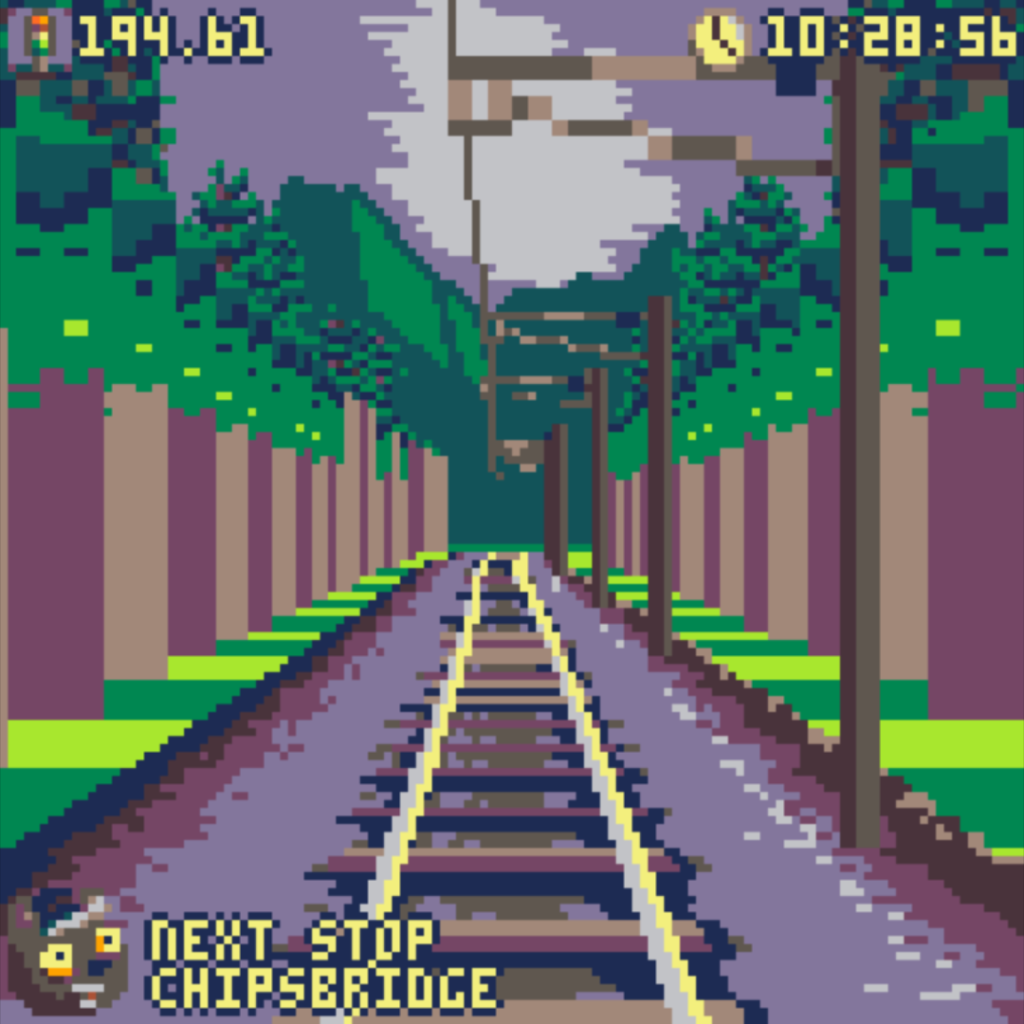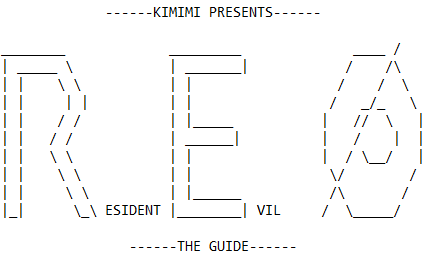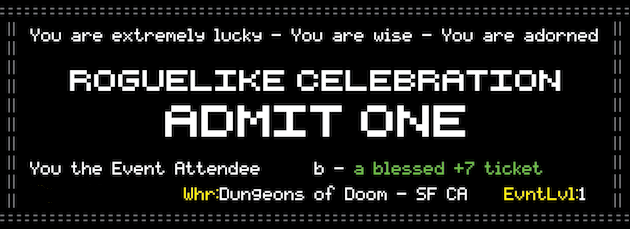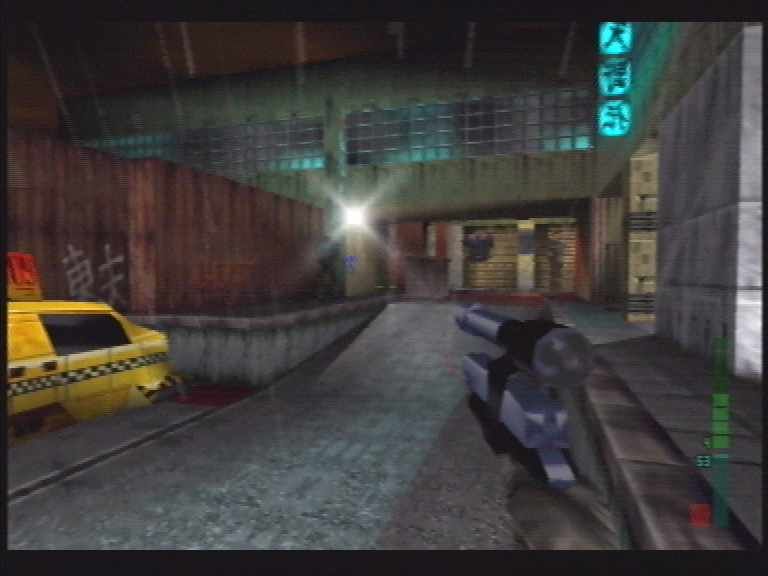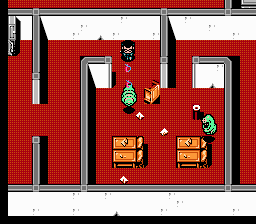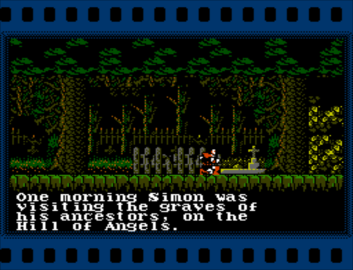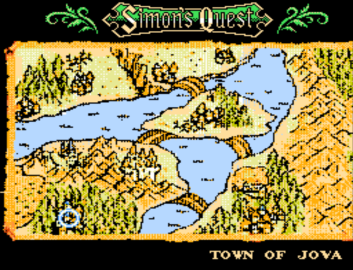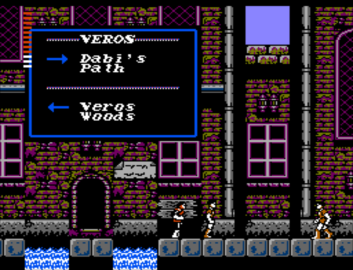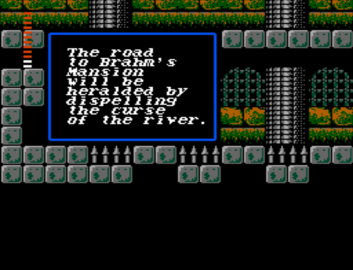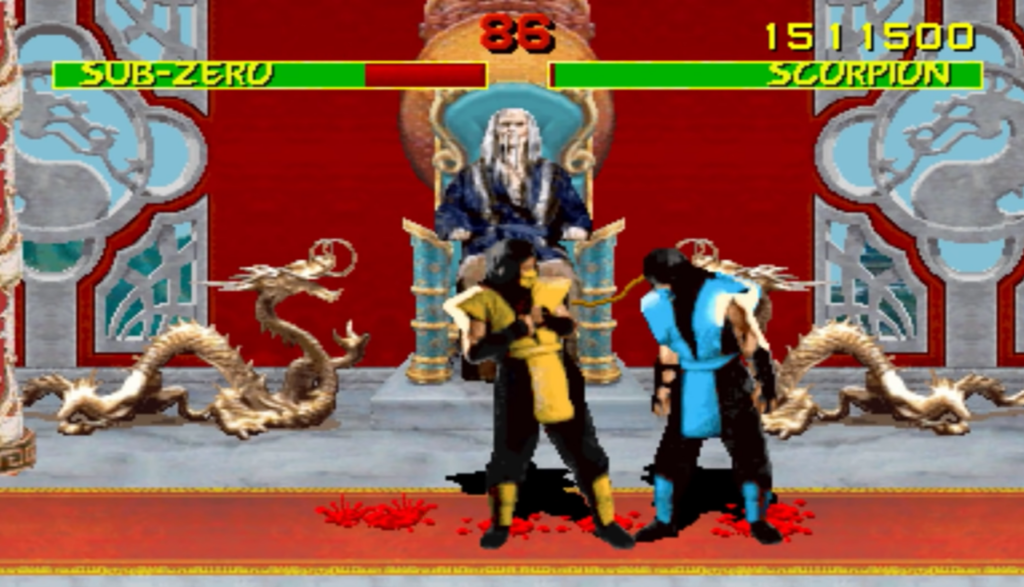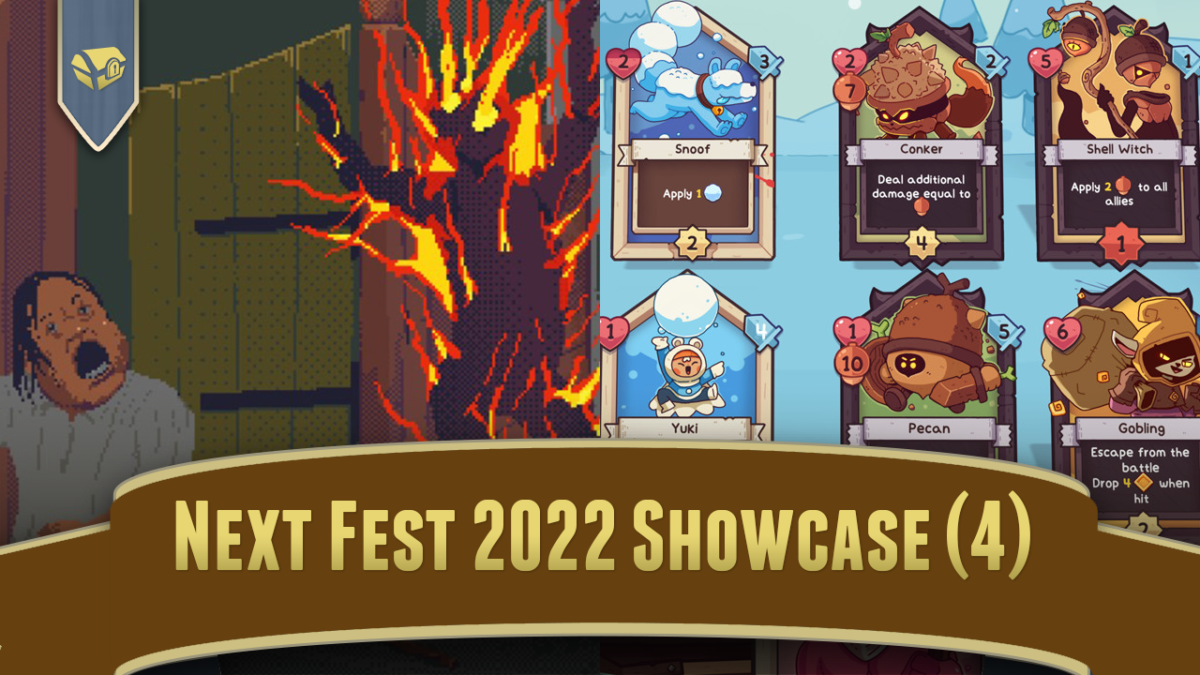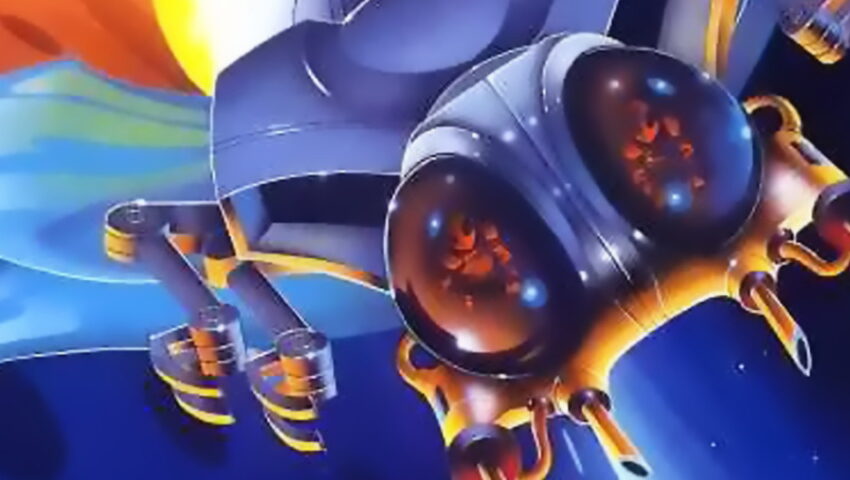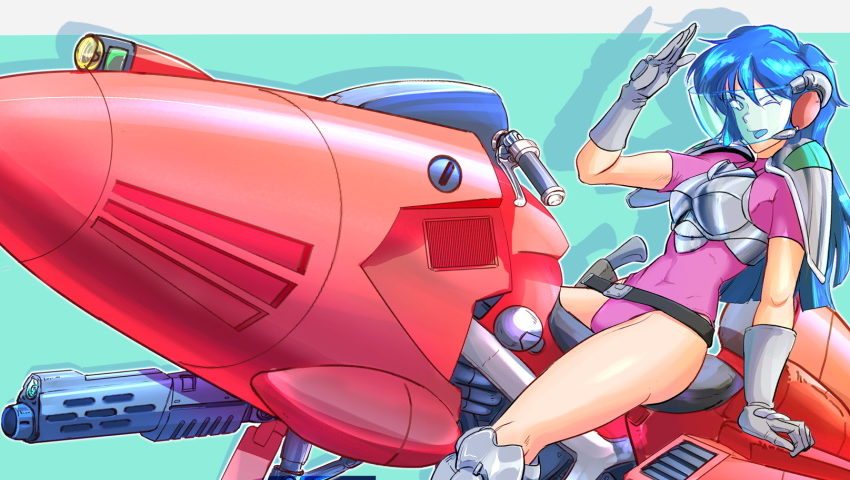
Jon Bois has been an internet favorite ever since Breaking Madden, his series where he strained mightily to upturn all of the assumptions that the Madden football games make to present reasonable game experiences, and in so doing revealed those games are made out of cardboard and paste.
Modern EA has long been on the outs with me, but discovering that this company that has locked up the exclusive rights to make official games for multiple sports, for decades now, makes terribly buggy, broken product, has caused me to see them as a force for evil in the world. If you want to play with NFL teams, it’s either the Football Fetus (see above), or nothing. I know, capitalism sucks, but this is a particularly egregious example. But that’s beside the point.
(The only reason I’m not linking to an explanation for what the above thing is, is I’m saving it to post later. Keeping up a daily gaming blog is a marathon, not a sprint, and there is no reason to wind myself.)
Jon Bois and sitemate Kofie Yeboah now hold their game breaking adventures over at Youtube channel Secret Base, which also has a homepage. They mostly work in the medium of video now, which I can kind of understand? Youtube ads probably pay more than web page banners. I still miss their text output though. But that’s also beside the point.
What is the point? They have a new video where they tried to adjust the stats on an AI team in NHL 2022 with the sole purpose to get them to the end-game shootout, which apparently happens in the NHL in the primary season if overtime ends with a tie score, as often as possible. In the process they incidentally cause and win an epic number of fights and eventually take the Stanley Cup. And in the process, in typical EA Sports fashion, game bugs cause players to slowly skate with the full speed animation and sometimes put a spurious extra player on the ice in overtime for no discernible reason. Here it is:
Watching these videos and reading their old articles almost make me want to forget about my long-standing disdain for both EA Sports and pro sports games in general and get one just run crazy experiments like this. But only almost.

